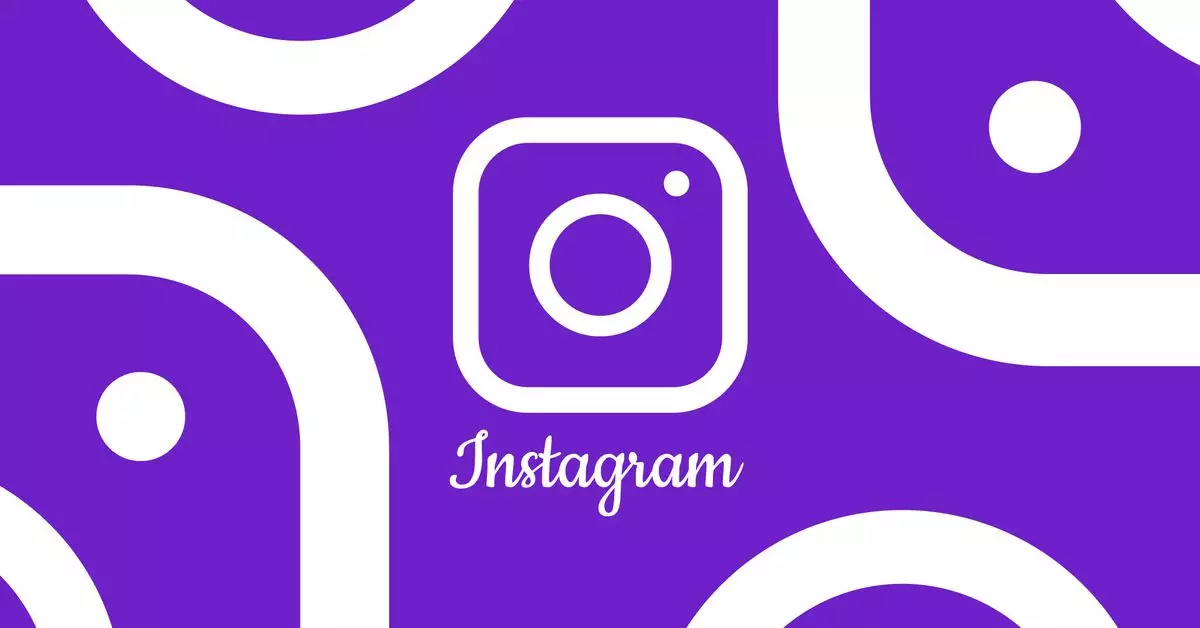For many users, the inconsistency in video quality on Instagram can be perplexing. At times, videos that seem poised to captivate audiences appear grainy or unclear, whereas others are remarkably crisp. A revelation from Adam Mosseri, head of Instagram, sheds light on this phenomenon. He disclosed that video quality is intricately tied to viewer engagement. To put it simply, videos garnering higher views tend to maintain their quality, while those that underperform may be downgraded. This approach underscores Instagram’s focus on enhancing user experience by delivering content that resonates with larger audiences.
In a landscape flooded with content, Instagram prioritizes high-performing videos. According to Mosseri, videos that attract more views receive preferential treatment, enabling them to maintain higher quality. This strategy underscores a significant emphasis on ensuring that viewers see the most engaging content available. Smaller creators may worry that their content is overshadowed due to an inherent bias favoring more popular channels, particularly when resources are stretched thin. Mosseri reassures that the interaction with videos is largely influenced by their content, rather than their raw quality. This is a key aspect to consider, especially when discussing the implications for emerging creators in the digital space.
The rationale behind Instagram’s video quality management correlates to Meta’s broader aim of optimizing content delivery across its platforms. With a staggering volume of video uploads—estimated at four billion streams per day on Facebook alone—Meta acknowledges the need to manage computational resources judiciously. New videos receive basic encoding initially to ensure swift uploads and views. As a video accrues watch time and viewer interaction, it qualifies for enhanced encoding, ultimately receiving the best quality only after it has proven engagement. This layered approach is indicative of an evolving strategy focused on balancing quality and efficiency in a highly saturated market.
As the social media landscape evolves, understanding how platforms manipulate content delivery will become increasingly important for creators. Mosseri’s explanation highlights the ongoing tension between content quality, creator resource allocation, and viewer engagement. Smaller creators might feel disadvantaged in acquiring the same visibility as their more popular counterparts, but the emphasis remains on content engagement. In essence, those willing to produce captivating videos are likely to see their quality rewarded, signaling a shift towards viewer-centric content consumption.
The dynamics of video quality on Instagram serve as a reflection of the platform’s strategies in resource allocation and audience engagement. While concerns regarding smaller creators remain valid, the reality is that captivating content is still the ultimate driver of viewer interaction. As users and creators strive for visibility in a crowded space, understanding the mechanics behind quality differentiation can empower them to shape their content accordingly. Embracing this knowledge may aid in navigating the complex, ever-evolving realm of social media video production.

